Ask any question directly from Anurag Sharma http://www.fjunction.com/ask Buy the T-Shirt Here http://www.fjunction.com/product-details/abs-under-construction-red-performance-tshirt Find us on Facebook https://www.facebook.com/FitJunc/ Find us on Twitter https://twitter.com/fitjunc How to eat your fruits https://www.youtube.com/watch?v=uKZYbnoa0to ———————————————————————————————————– Vitamin C may be the most familiar of all of the nutrients. Although most adults would be hard pressed to name a good food source of biotin or riboflavin, most everyone can name citrus fruits as good sources of vitamin C. It is also a commonly used nutritional supplement. The first use of modern scientific methods to assess disease treatment was when the British navy used foods containing vitamin C (although the vitamin itself would remain undiscovered for nearly two centuries) to prevent scurvy among sailors. You could make a good case that this nutrition experiment is among the most important scientific findings in human history. Despite the familiarity of the U.S. public with vitamin C and the popularity of vitamin C supplements, food intake of vitamin C by the average U.S. adult is not much higher than the Dietary Reference Intake (DRI) level. For men in the U.S. twenty years and older, this average is 96 milligrams per day, and for women in the U.S. twenty years and older, it is 82 milligrams per day. (The DRIs for these two groups are 90 milligrams and 75 milligrams, respectively.) So even though U.S. adults are averaging adequate intake of vitamin C intake from their food, the amount is not as high as some people might expect given widespread familiarity and interest in vitamin C. Of the World’s Healthiest Foods, a staggering 27 rate as excellent sources of vitamin C. Six of these contain a full day’s requirement of vitamin C in a single serving. We also rate 14 very good and 14 good sources of the vitamin. This should give you plenty of variety with which to build a menu plan that easily exceeds your vitamin C goal. Role in Health Support Protection Against Excess Free Radicals Vitamin C is probably best known as an antioxidant. This is a word that we use frequently but don’t always stop to think about in terms of its meaning. Antioxidants are forms of molecules that help keep chemical reactions in our body in check. In particular, antioxidants help prevent excessive activity on the part of free radical molecules. (Free radicals are forms of molecules that tend to be very reactive, and too many free radicals in the wrong place at the wrong time can do damage to our cells and tissue.) Vitamin C and other antioxidants help prevent that damage. Damage to the lens of the eye, damage to molecules circulating around in our bloodstream, and damage to genetic material (DNA) in our cells are all examples of damage that have been shown to be prevented under certain circumstances by vitamin C. One interesting application of vitamin C as an antioxidant is its ability to transform iron into a state that is better absorbed in the intestine. Including vitamin C-rich foods in recipes with your best iron sources can potentially be a way to enhance iron absorption. Collagen Vitamin C is required to produce collagen, a protein that plays a critical role in the structure of our bodies. Collagen is the framework for our skin and our bones, and without it, we would quite literally fall apart. This is exactly what we see with severe vitamin C deficiency, or scurvy. People who have this condition lose teeth, bleed easily, and lose the strength of their bones. Luckily, it doesn’t take much vitamin C to prevent this problem. As we’ve known for more than two centuries, a single lime per day would usually be enough. (However, as described earlier, we have dozens and dozens of great food choices that will give us as much vitamin C as a single lime!) Brain Health Vitamin C is necessary to make certain neurotransmitters. These neurotransmitters are the signals that carry thoughts, feelings, and commands around our brains and throughout our nervous system. In particular, we need vitamin C to produce serotonin, a hormone that plays a critical role in wide variety of body systems, including the nervous system, endocrine system, immune system, and digestive system. Many of our moods, daily bodily rhythms (including sleep-wake cycles), and experiences of stress and pain have serotonin included as a factor in their occurrence. Some of the most commonly used prescription medications for depression (SSRIs, or Selective Serotonin Reupdate Inhibitors) also target this hormone. While we are not suggesting that dietary intake of vitamin C will automatically improve the quality of any experiences described above, we do recommend that you include vitamin C-rich foods on a daily basis as part of your overall well-being.
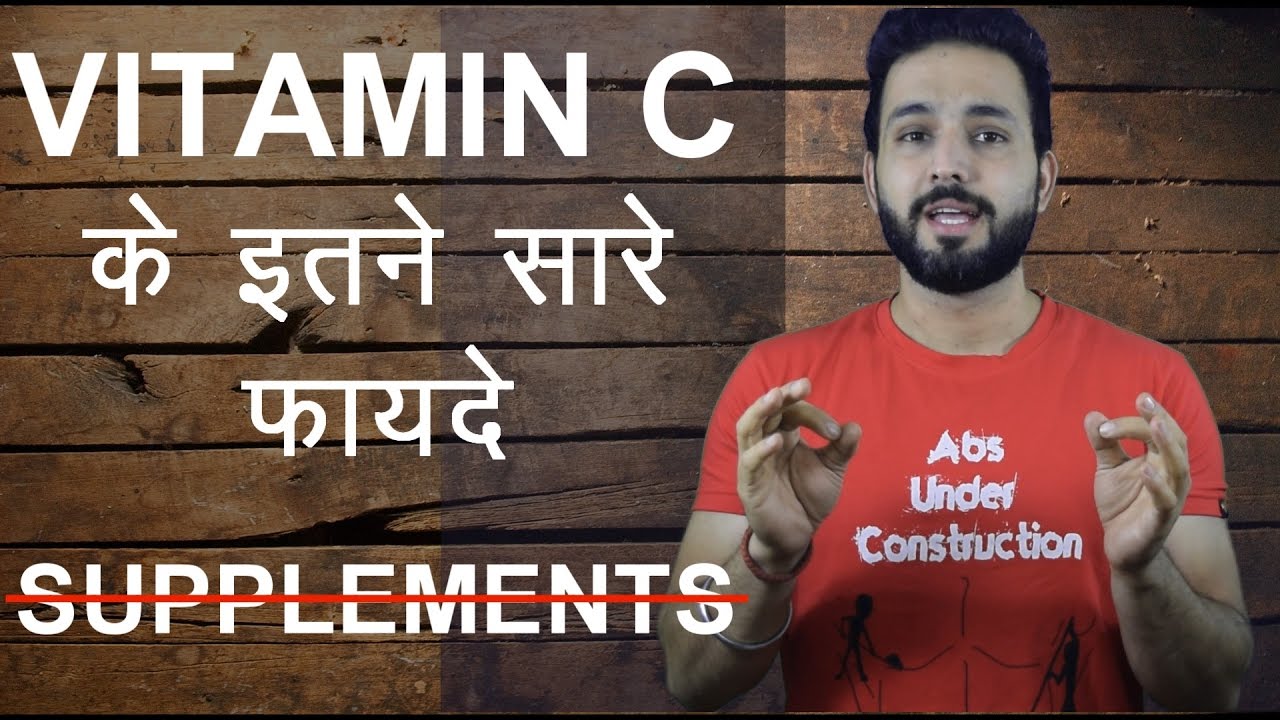
Vitamin C | Benefits, Dosage, Supplements and Foods | Hindi
- Post author:
- Post published:May 26, 2021
- Post category:Uncategorized
- Post comments:0 Comments
You Might Also Like

How is Semen Analysis done? – Dr. Vasan S S
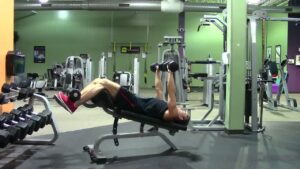
Decline Bench Press-5
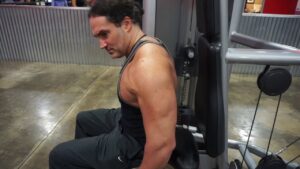
Triceps Dip Machine

Cable One Arm Tricep Extension
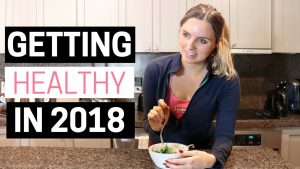
2018 Health Goals | BodyBoss Fitness Guide and Nutrition Guide
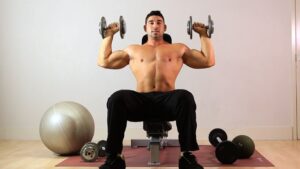
Overhead Press Dumbbells-5
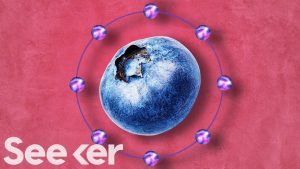
Antioxidants: Superfood or Super-hyped?
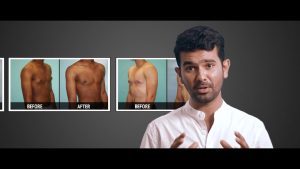
Gynecomastia Male breast Correction
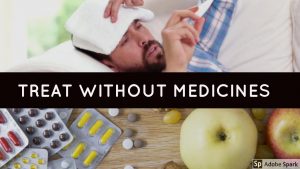
TREAT FEVER WITHOUT MEDICINES | TREAT FEVER INSTANTLY

Biological Psychiatry Video – 4

What Happens During A Heart Attack? – What is Coronary Heart Disease?

Skating Video – 2
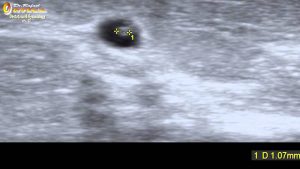
early diagnosis of cancer breast ultrasound 2D HD Dr. Rafael Ortega Muñoz Ciudad Real
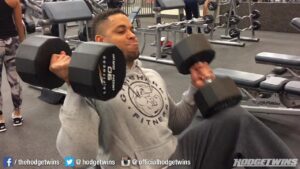
How To: Get Dumbbells Up For Shoulder Press @Hodgetwins
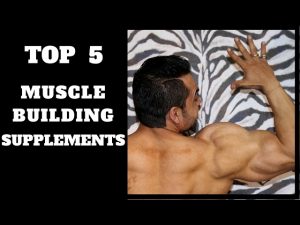
Top 5 Supplements for Muscle Growth
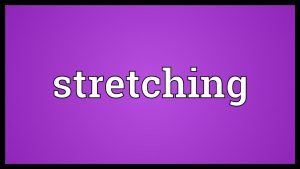
Stretching Meaning

Developmental Psychology Video – 1
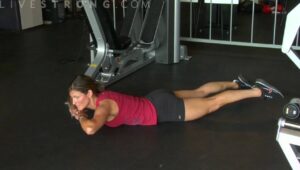
How to Do Back Extension Exercises
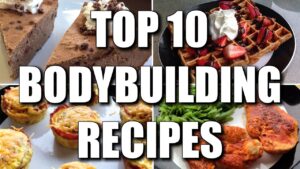
Bodybuilding Nutrition, Diet Recipes & Workout – 5

Anemia In Children – Causes, Symptoms and Treatment
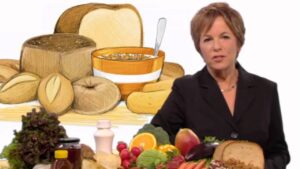
What are examples of carbohydrates? and What are Carbohydrates?

Diazepam and Alcohol Withdrawal
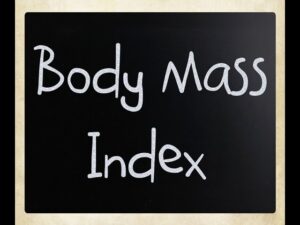
How to Calculate Body Mass Index – Body Mass Index Explained
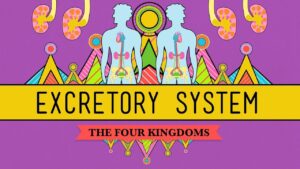
Excretory Reproductive System And Asanas Video – 2

What’s New in Complete Anatomy 2018!
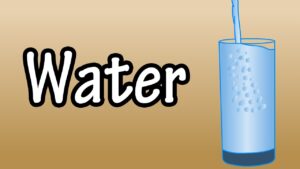
Water Nutrition Video – 2
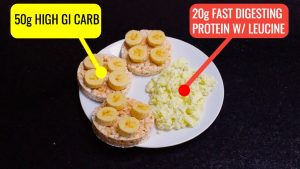
The Best Pre-Workout Meal for Muscle Gain

It’s time to try new investment options like Mutual Funds.
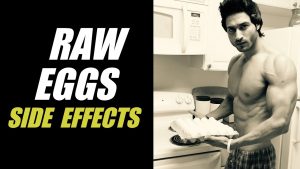
Side Effects of eating RAW EGGS | Info by Guru Mann
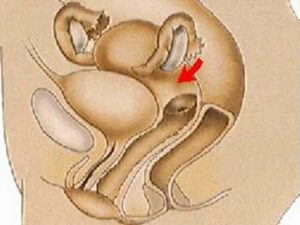
How the Body Works : Female Reproductive Organs
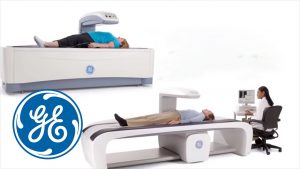
DXA technology from GE Healthcare provides high precision and accuracy | GE Healthcare
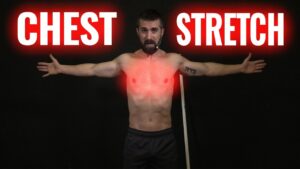
Dynamic Stretches to WARM UP Chest Muscles (before you bench!)
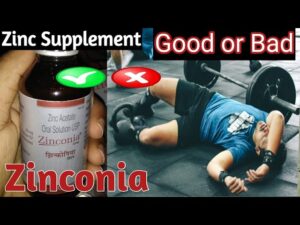
Zinc Supplement Video – 2
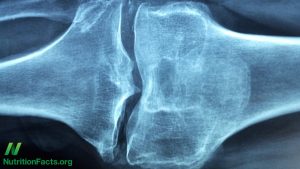
Sesame Seeds for Knee Osteoarthritis
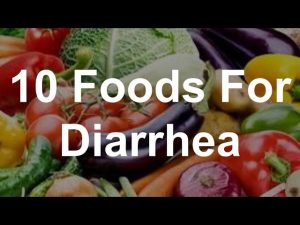
10 Foods For Diarrhea – Best Foods For Diarrhea
Gynecomastia
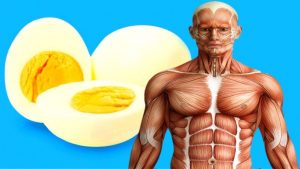
If You Eat 2 Eggs at Breakfast For a Month, This is What Happens to Your Body
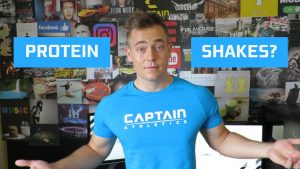
Protein Shake Before or After Workout?

Cosmetic Nutrition Video – 1
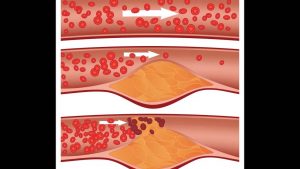
cholesterol medications | New Drug May Help Lower ‘Bad’ Cholesterol Beyond Statins

What to Eat before Bed to Build Muscle | Bodybuilding Diet

